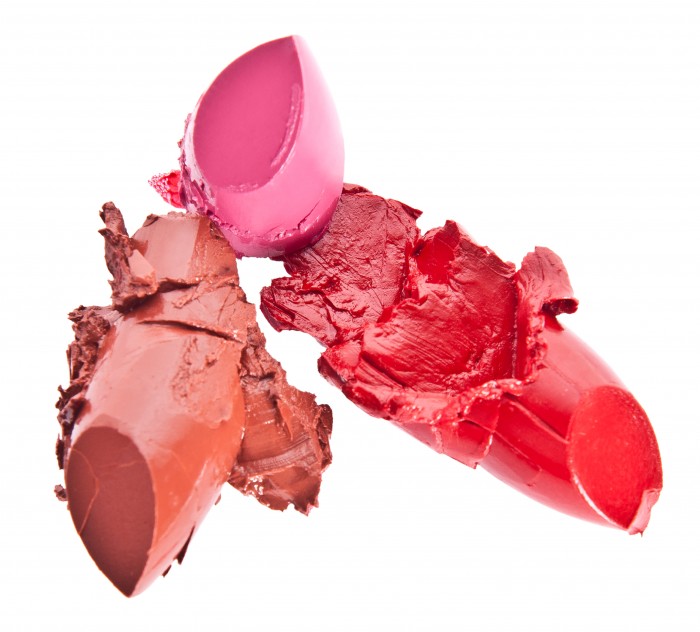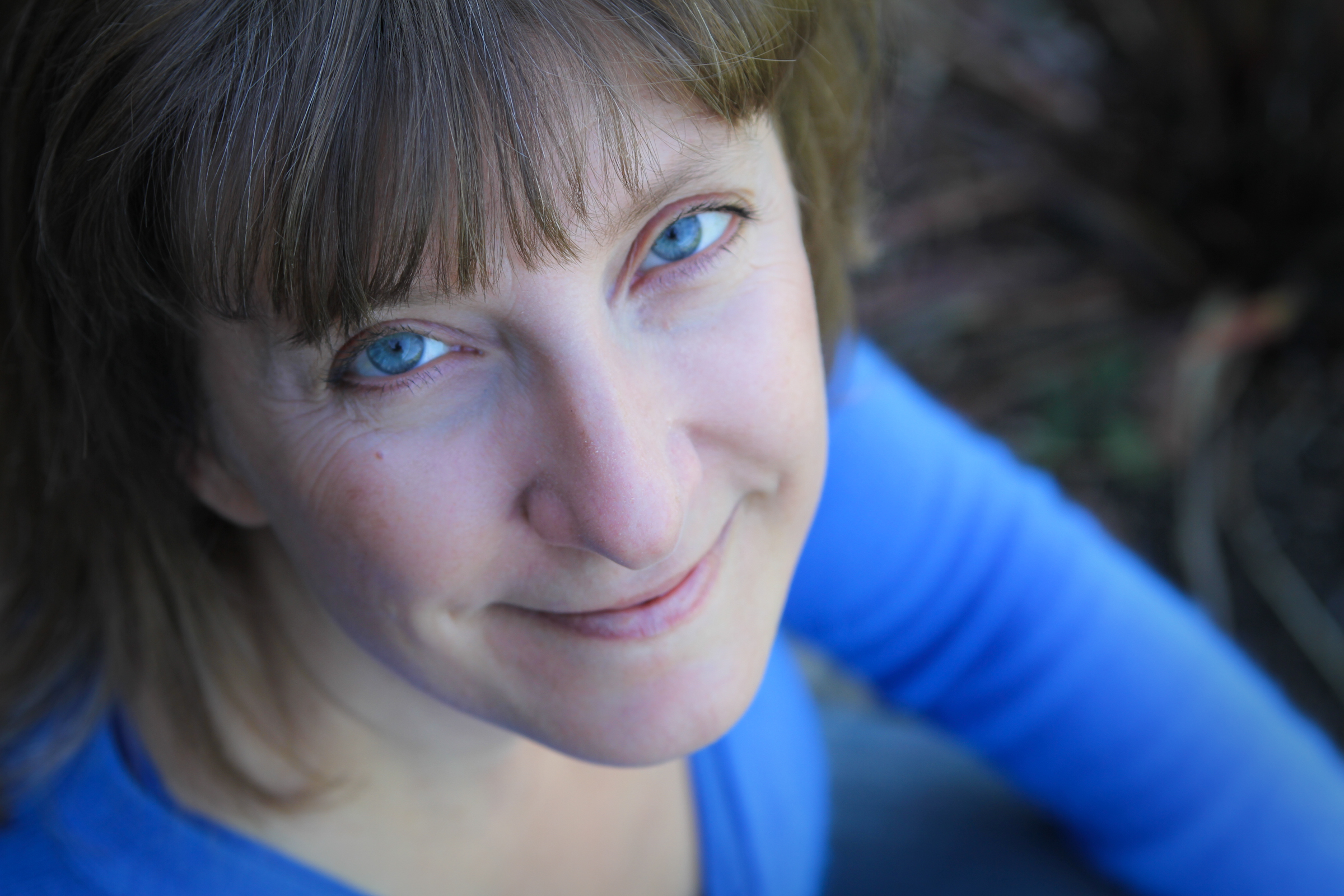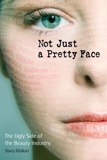Beauty: Finding Safe Cosmetics

Should you be afraid of the cosmetics in your bathroom cupboard? Cassidy Randall with Women’s Voices for the Earth (WVE), says “yes.” Which is why WVE is hosting “Giving the Beauty Industry a Makeover:
5 Tips for Finding Safe & Healthy Products,” an informative—and provocative—webinar tomorrow (Wednesday, June 5th, 8pm Eastern) on what’s in your favorite beauty products and how to find safe alternatives. The webinar will feature tips from Stacy Malkan, author of the book Not Just a Pretty Face and co-founder of the Campaign for Safe Cosmetics.
“Right now, it’s perfectly legal for companies to use toxic chemicals linked to cancer, birth defects, fertility problems, and hormone disruption in products that we put on our bodies,” says Randall, WVE’s director of outreach. “This is because the beauty industry is basically self-regulated, and government has little oversight on product safety.
How can we find safe cosmetics? According to Randall, the first step is to know the worst offenders:
• Products marketed to women of color, like hair relaxers and skin lighteners, are some of the most toxic products on the market – both because of the harmful chemicals that they commonly contain and because of the message they send about how we define “beauty.”
• Keratin hair straighteners, particularly Brazilian Blowout, have been found to contain high levels of formaldehyde, which is a known cancer-causing chemical. This is particularly concerning for the health of stylists, who give these treatments frequently and have been reporting adverse health effects.
• The urban legends about lead in some lipsticks are horrifyingly true. Lead is a potent neurotoxin, and the fact that it’s showing up in lipstick is particularly disturbing because we end up ingesting and absorbing most of the lipstick on our lips.
The good news WVE is helping shape safer beauty products. Women’s Voices for the Earth is a co-founder and on the steering committee of the Campaign for Safe Cosmetics, a group of organizations working to eliminate toxic chemicals from cosmetics and personal care products. WVE is also a co-founder and convener of the National Healthy Nail and Beauty Salon Alliance, which works for the health, safety, and rights of salon workers.
“With both of these groups, we work on creating resources for consumers and salon workers to protect themselves from toxic chemicals,” says Randall. “We also work with companies on reformulating their products to make them safer, and on policies that actually place common sense limits on harmful chemicals in the first place. We convinced Johnson & Johnson, the largest personal care product company, to commit to phase out toxic chemicals like phthalates, triclosan, and 1,4-dioxane.”
Here, we check in with author Stacy Malkan to get her take on today’s issues with cosmetics, along with a preview of some of the tips she’ll deliver at tomorrow’s webinar.
What is the “Ugly Side” of the cosmetics industry?
Even though safer alternatives are available, so many personal care products—everything from make-up and deodorant, to shaving cream, cologne and even baby shampoos—contain chemicals linked to cancer, infertility, asthma, eczema, and other health problems.
What scares you most about the beauty industry and its effects?
I’m not scared so much as mad because the beauty companies already know how to make safer products. But, in the United States, there are no legal standards for safe cosmetics and companies are allowed to put nearly any chemical, even known carcinogens, into personal care products. So, we need to change the cosmetics laws, which haven’t been updated in over 70 years! The biggest concern with personal care products is that many Americans are exposed to hundreds of chemicals a day just from their morning routines—so we are getting continually dosed with toxic chemicals that are linked to long-term health problems.
What are 2 key ways consumers can find safer beauty products?
1. Check out the Skin Deep database and choose products with a score of 0-2.
2. And, you can always count on USDA-certified organic products and, if you shop at Whole Foods, choose products with the “Premium Body Care” seal.
What’s your own favorite cosmetics product?
I have many favorites with one thing in common—they’re made by companies I know and trust. These are not any of the brands you’ll see advertised on TV or in the magazines; they tend to be small companies that are independently owned and operated (and local, if possible). Check out www.safecosmetics.org/companies for more info about companies that are following best practices and making the safest products.
Kamagra oral jelly Online something to buy the most convenient way. He doesn’t demand from you any actions except how to visit the website. And in separate with goods necessary to you to put the end. To specify your address and to wait for the supplier to whom you will give money.




LET'S GET SOCIAL